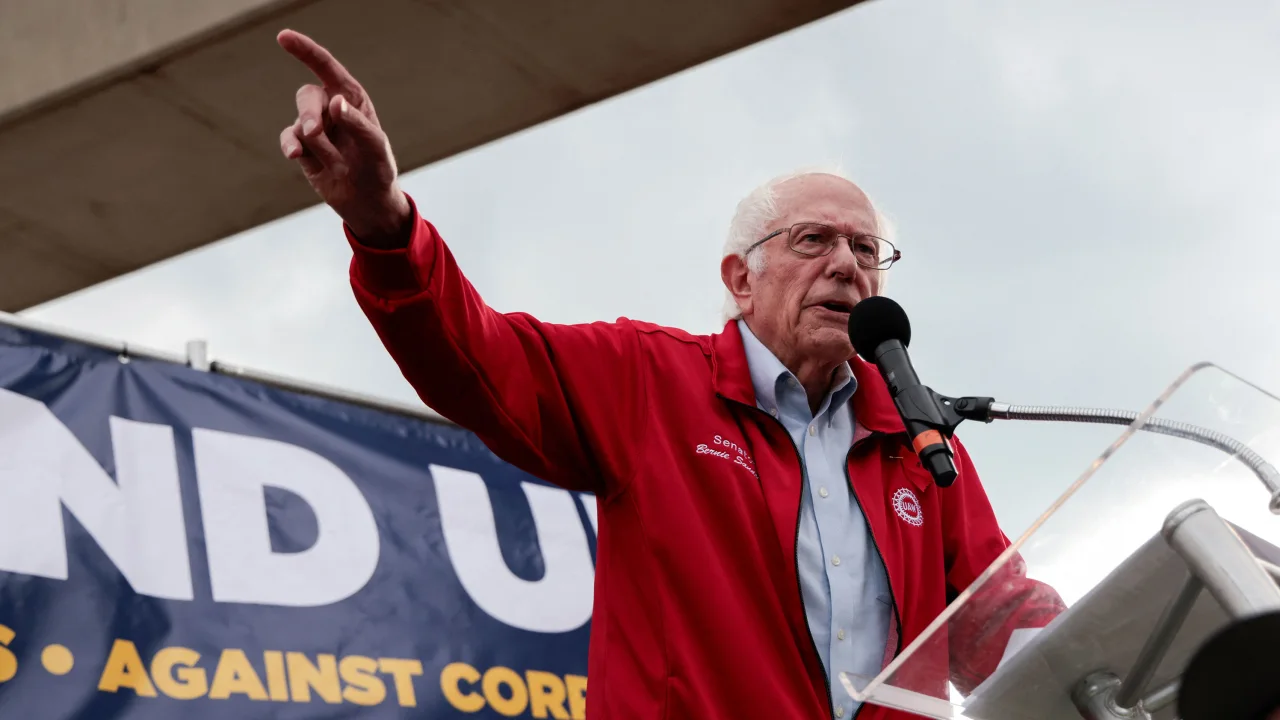As the United Auto Workers (UAW) strike unfolds, the focus has shifted beyond traditional labor concerns to include a prominent demand—the adoption of a four-day workweek. This strike highlights the growing interest in reshaping work schedules and challenging conventional labor norms.
UAW Strike: Beyond Traditional Demands
The UAW strike initially revolved around traditional labor issues, such as wages, benefits, and working conditions. However, it has evolved into a platform for advocating a fundamental shift in workweek structure.
The Four-Day Workweek: A Modern Work-Life Balance Solution
The call for a four-day workweek reflects a broader societal shift toward prioritizing work-life balance. Advocates argue that a shorter workweek could lead to reduced burnout, improved mental health, and increased employee satisfaction.
Productivity vs. Hours Worked
Proponents of the four-day workweek argue that productivity should not be measured solely by the number of hours worked. They suggest that condensed workweeks can enhance focus, efficiency, and overall job performance.
Economic Implications
Critics raise concerns about the economic impact of a four-day workweek, including potential labor shortages and reduced production capacity. Balancing the benefits of improved employee well-being with economic considerations is a central challenge.
Global Precedents
The adoption of a four-day workweek is not unprecedented. Several countries and companies around the world have experimented with shorter workweeks, often with positive results. These experiences serve as models for potential implementation in the U.S.
Negotiating Work Schedules
Contract negotiations between unions and employers often serve as a platform for discussions about work schedules and conditions. The UAW strike underscores the importance of addressing contemporary work-life balance issues in these negotiations.
The Future of Work
The UAW strike and the call for a four-day workweek are emblematic of broader conversations about the future of work. The labor movement is increasingly focused on adapting to changing work dynamics and priorities.
Conclusion: A Shift in Labor Dynamics
The UAW strike, once centered on traditional labor demands, has become a symbol of the evolving labor landscape. The call for a four-day workweek demonstrates the growing importance of work-life balance and challenges the traditional concept of a five-day workweek. As negotiations continue, the outcome may serve as a bellwether for how labor dynamics adapt to the changing needs and aspirations of the modern workforce.


